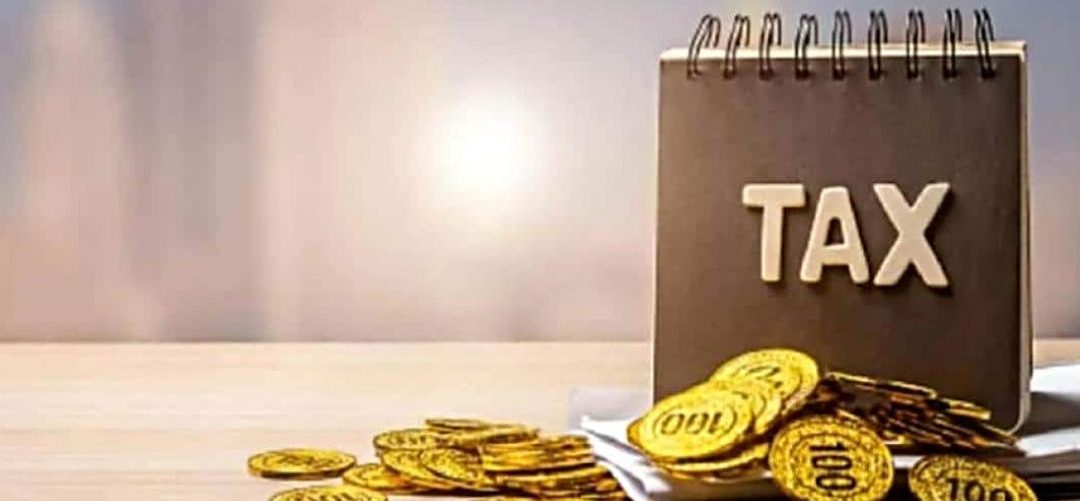The concept of advance tax is based on pay-as-you-earn, which implies that the tax must be paid in advance in the form of quarterly payments throughout the fiscal year. It is a statutory requirement that allows the government to obtain tax money every quarter. This also reduces the strain on taxpayers because the tax due may be discharged through quarterly payments, resulting in smaller financial withdrawals rather than a single substantial outflow.
Who should pay advance tax before September 15? If you are salaried but have additional sources of income, you must pay advance tax. On salary income, an employer pays advance tax on behalf of the employee. Similarly, if you do not rely on a salary but have other sources of income such as capital gains, rent, or a fixed deposit, you must pay advance tax on your income.
“Advance tax must be due in every scenario where the amount of such tax owed by the taxpayer within a financial year is Rs 10,000 or more,” explains Yeeshu Sehgal, Head of Tax Markets at AKM Global, a tax and consultancy organization. Furthermore, a taxpayer who chooses presumptive taxation under the Income Tax Act must pay advance tax. Senior persons (age 60 and over) who do not have any business income are exempt from paying advance tax.”
It is critical to keep track of the many forms of money produced during the fiscal year, whether they are tiny or huge. For example, if a taxpayer has capital gains or company revenue in a particular quarter, it is prudent to calculate and pay advance tax on that expected taxable income.
What if a date is missed? If a taxpayer fails to pay the advance tax or fails to pay the advance tax installment on the due dates (September 15 as the due date for the second installment for FY22-23), the unpaid amount will accrue interest at a rate of 3% per quarter for the first three quarters and 1% for the fourth quarter.
“Furthermore, an individual taxpayer will be liable to pay an additional interest from April 1, 2023 (after the end of fiscal year 22-23) at the rate of 1% per month on the shortfall of the total advance tax, if the total advance tax paid by such an individual is less than 90% of the total tax payable,” says Sehgal.
Another consideration is the right assessment year and payment challan to be selected for the online payment of advance tax challan.
“The challan number 280 is used to pay advance tax, and the fiscal year is 2023-24.” “Once the advance tax is paid, it should be shown in Form 26AS of taxpayer reports, and the credit for it may be claimed when submitting the income tax return for FY 22-23,” says Sehgal.

